
How to Beat Gambit Players (4-Step Formula)
Never fall for the same tricks again!INTRODUCTION
In this blog, I’ll share my 4-step approach to dealing with opponents who set traps or play aggressive gambits. You’ll learn how to stay confident during the game and leave behind the frustration of falling into traps and losing quickly. With these tips, you’ll play more calmly and effective
1. FACE THE TRAP OR GAMBIT
When facing a gambit or trap, you have two options: trust your calculations and positional evaluation to decide whether to accept or decline the gambit, or always decline it out of fear that your opponent knows the line better and it’s a trap.
It’s definitely worth trusting your calculations and evaluation. Opponents often make mistakes, and you can gain an early advantage in the game. Let’s imagine such a scenario...
Conclusion
When you spot an opportunity on the board, take a moment to think about what will happen if you take it. Try to anticipate your opponent’s threats and evaluate the resulting position. If everything points to a clear advantage for you, it’s better to go for it than to overthink and fear that your opponent knows the position better. Trust your skills!
2. ACCEPT MISTAKES
Mistakes are part of the learning process. If you didn’t manage to anticipate your opponent’s threats or evaluate the position correctly, use it as a learning opportunity! Every misstep is a chance to grow. Take a look at the position below.
You missed your opponent’s move Bb4!, which leaves your position hopeless, and soon you lose the game. Instead of falling into a negative emotional state and hitting “rematch” at lightning speed (of course, this might not apply to you, but I’ve seen it happen to many players), try to accept the mistake. Instead of playing another five games to recover from the loss, let’s move on to step 3 - learning.
3. LEARNING
Now we’ll start building our small chess database, which will help us learn how to play better and avoid repeating the same mistakes.
Go to the "Profile" and click "Studies"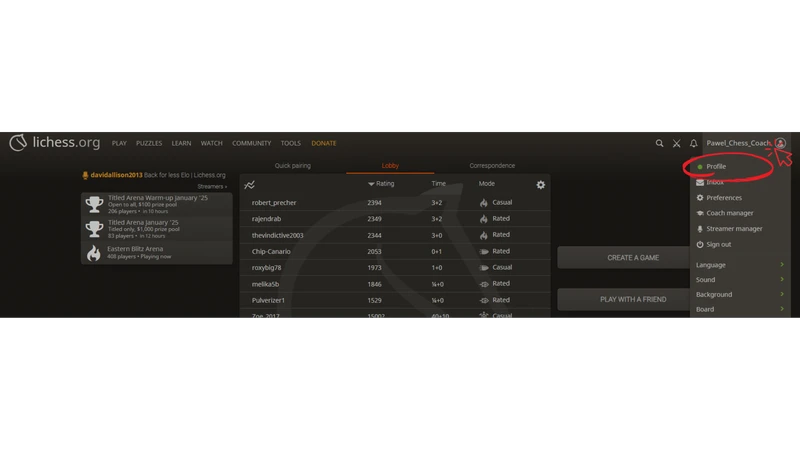
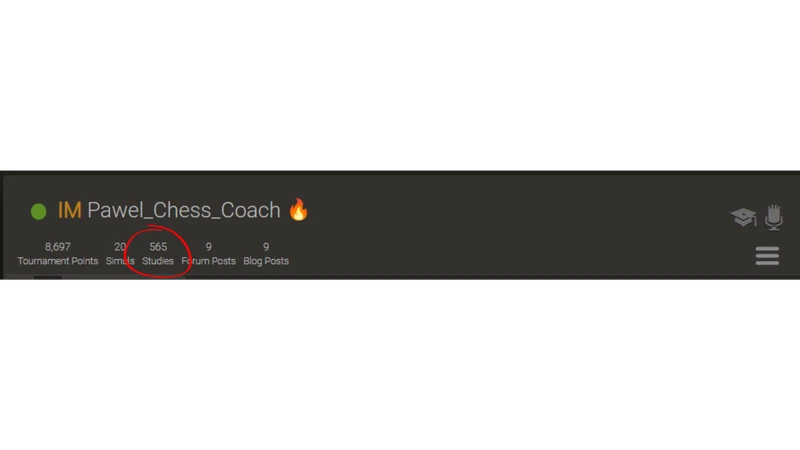
Then click “Create New Study” and give it a name, such as “vs Traps & Gambits” or something that feels intuitive to you.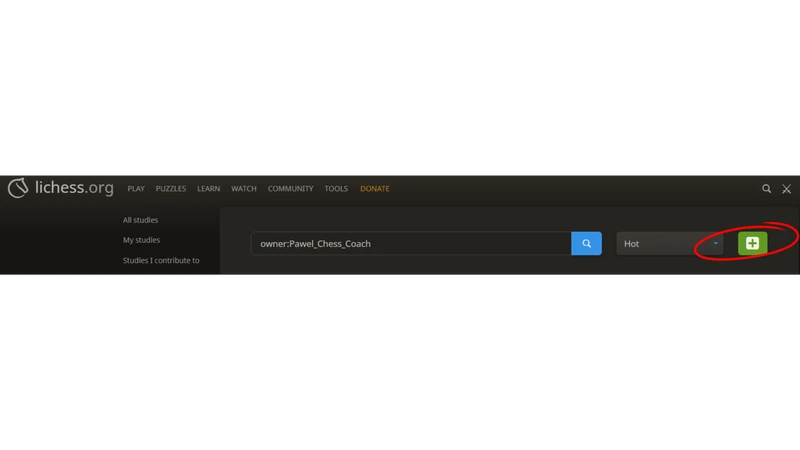
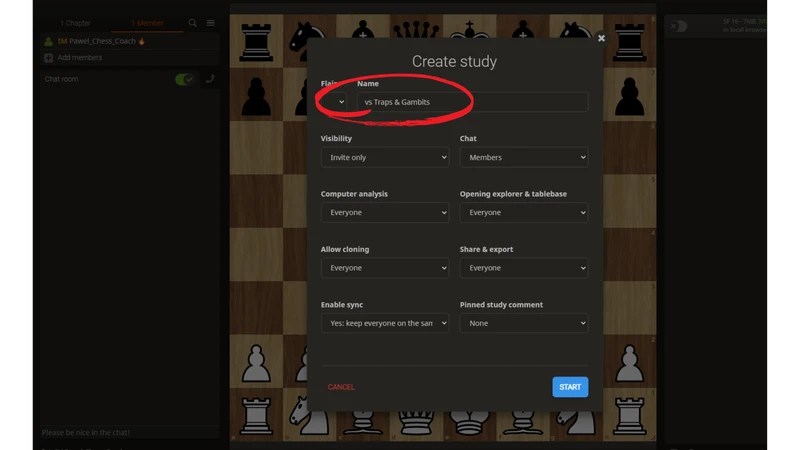
Next, go to "Chapters" and click "Add a New Chapter"
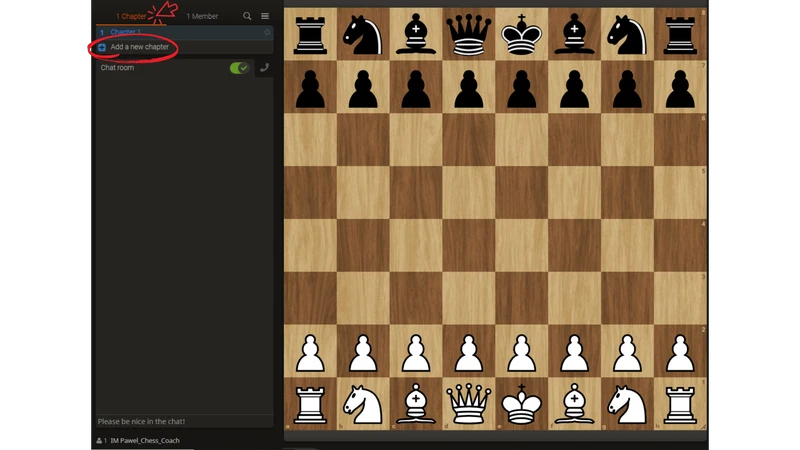
Now, turn on “Analysis” which will bring up the evaluation bar, and then go to “Opening Explorer & Tablebase”. Here, we can see master games and learn how top players handled the same opening. This is a great way to study the best patterns of play!
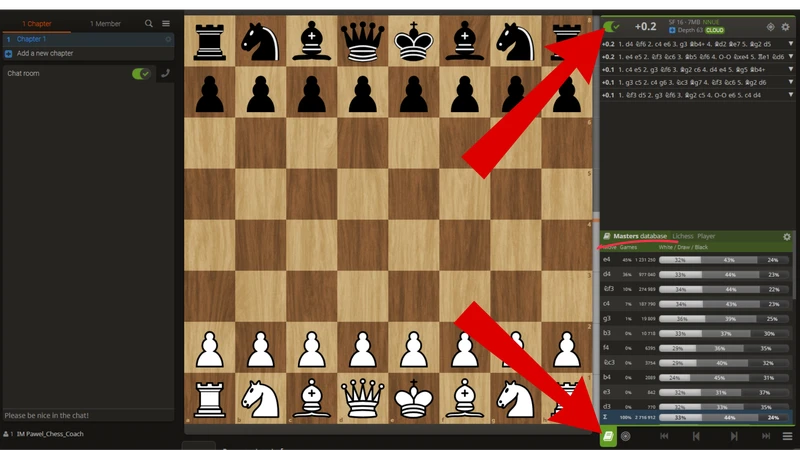
In the position below, we can see that instead of defending the pawn with Bf4, playing Nc3 is slightly more popular. White's win rate after Nc3 is 56%, a bit lower than with Bf4. After playing Nc3, the evaluation bar still shows a significant advantage for White, so this could be a good idea.
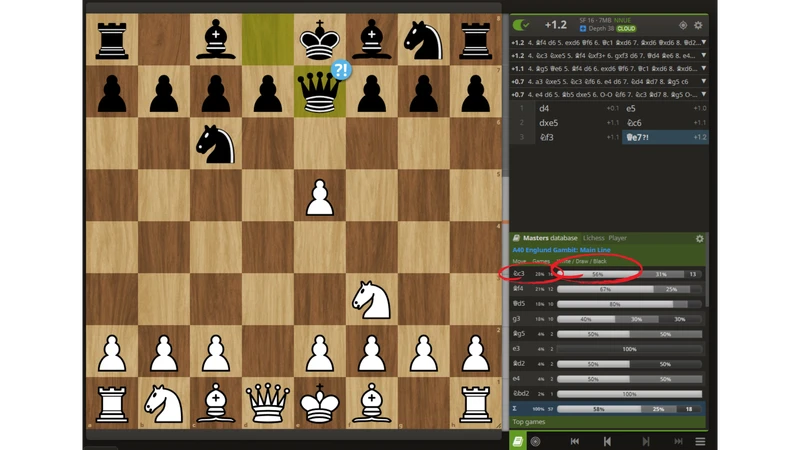
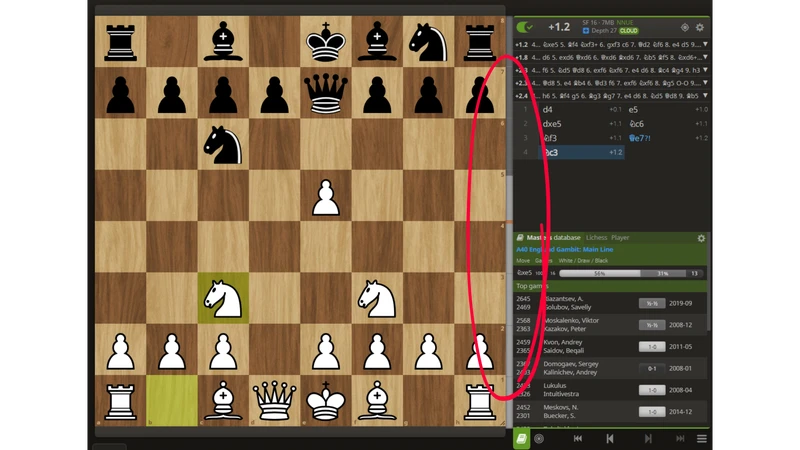
After analyzing a few more moves, we reach the position shown in the image below. The most popular move is Bf4, which has a 50% win rate (2 games). However, we can also see that the move Bg5 below has led to a 100% win rate for White (1 game). This could be an interesting idea.
Additionally, it continues piece development, making it look like a strong move. The last thing to check is the evaluation bar after playing Bg5. After playing Bg5, the evaluation bar drops, showing that we lost our advantage. Because of that, I will stick to Bf4, which looks like a simpler move.
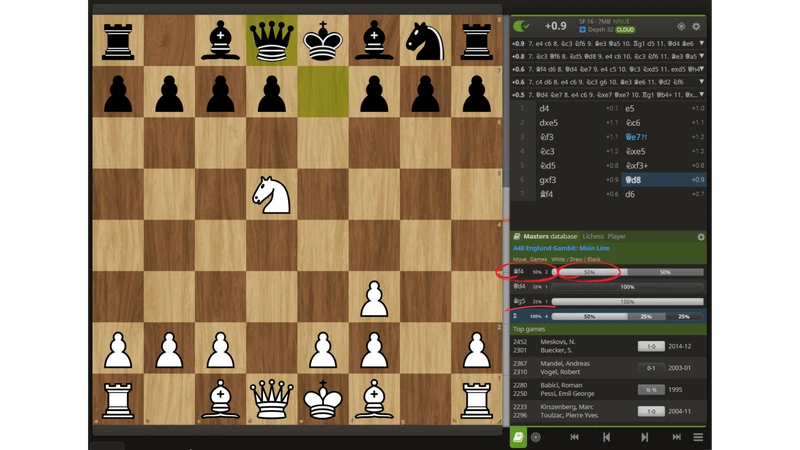
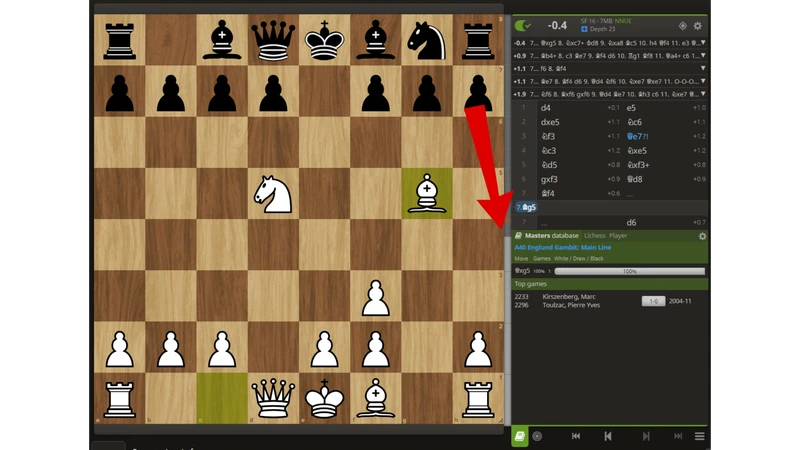
That’s all for the analysis - you’ve just built your own variation to play and avoid your opponent’s trap. Now, let’s move on to the next important step that will help you become a much stronger player.
4. REPEATING
Now that we’ve saved our analysis, it’s time for repetition. Regularly reviewing saved positions will help us remember key ideas and avoid making the same mistakes in the future.
A good method is simply playing games and paying attention whenever your opponent sets a trap or plays a gambit. After your chess session, go to your library, find your analyses, and compare them with what you actually played in the game. You can also take the opportunity to review other variations you've already built to reinforce your knowledge.
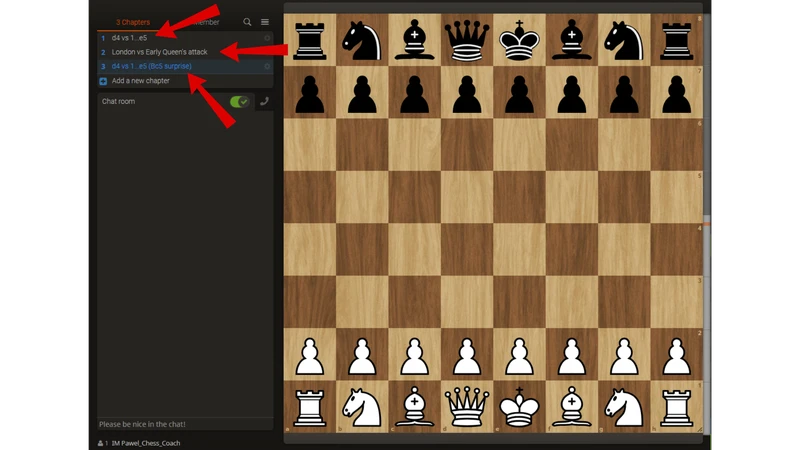
CONCLUSIONS
- The first takeaway from this lesson is that sticking to one opening instead of playing many will save us a lot of effort and energy. This way, we’ll be less likely to fall into traps or end up in bad positions against gambits.
- Trusting our calculations and positional evaluation is important. We won’t always make the right decision, but accepting mistakes and enjoying the learning process is key. That’s what will make us much better players.
- It’s better to learn how to respond to traps and gambits after encountering them and avoid repeating the same mistakes rather than spending months studying every possible option and delaying actual play. Practice is key!
LET'S MAKE FAST PROGRESS IN YOUR GAME!
If you want me to help identify recurring mistakes in your games, pinpoint what’s slowing your progress, and create a personalized training plan, 1-on-1 Coaching starts at just $45!
If you prefer to learn on your own, I recommend starting with "The No-Blunder System", which teaches you how to avoid blunders in your games. It’s currently on sale for just $1 – a little gift from me since we’re just getting to know each other!
Plus, you’ll have the option to upgrade and unlock Chessbrain Masterclass – The Ultimate Guide to Crossing 1400 and 1800 – Step by Step! (Lichess ratings)
Time to start winning more games!
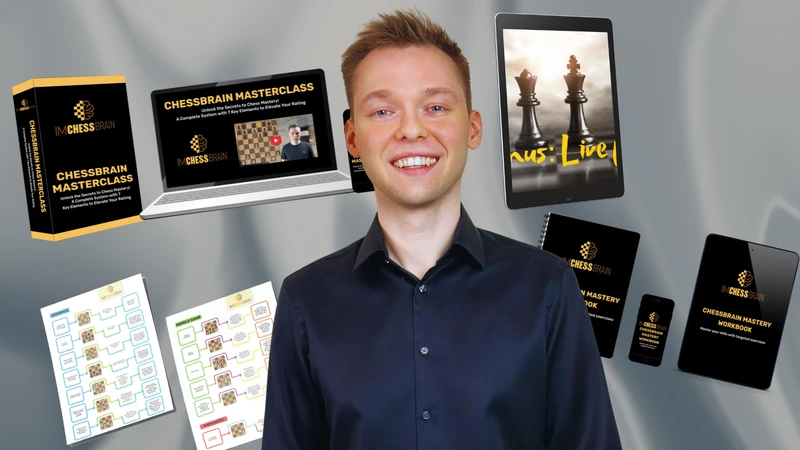
You may also like
 IM Pawel_Chess_Coach
IM Pawel_Chess_CoachMiddlegame Course: 3 Rules to Attack!
Middlegame Course: 3 Rules to Attack! IM Pawel_Chess_Coach
IM Pawel_Chess_CoachMaster Chess Sacrifices! (3 Practical Tips!)
Master Chess Sacrifices! (3 Practical Tips!) IM Pawel_Chess_Coach
IM Pawel_Chess_Coach